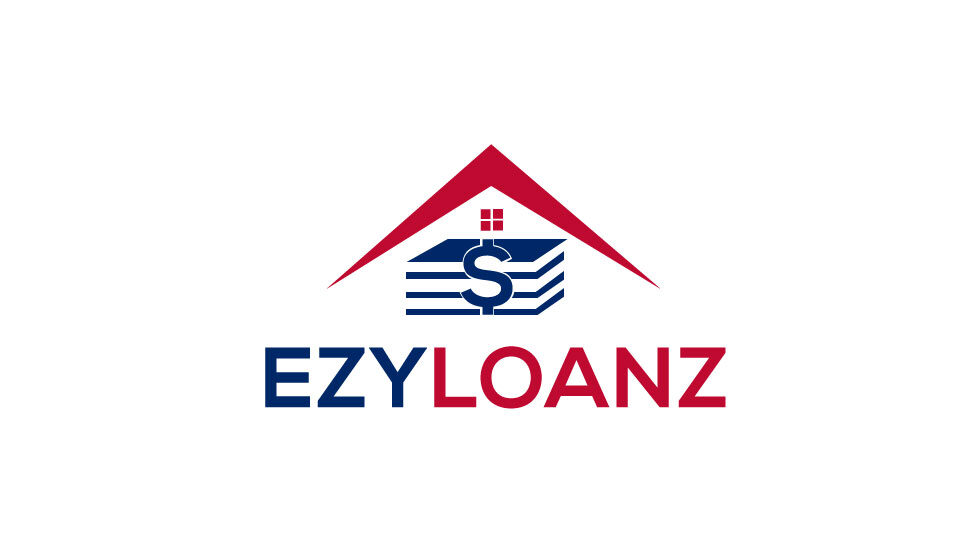At the start of the year, homebuyers were feeling optimistic due to declining mortgage rates, which signaled greater affordability. This resulted in a 28% increase in mortgage applications in mid-January. However, this trend was short-lived, as rates rose to 6.65%, the highest level since early November. As a result, there was a 6% decrease in loan application volume, according to the Mortgage Bankers Association.
The erosion of affordability caused by rising rates is making it challenging for both first-time and repeat buyers. The average mortgage rate is now nearly three percentage points higher than it was last year, resulting in a more than 40% increase in monthly payments for typical homebuyers, according to Bright MLS Chief Economist Lisa Sturtevant. This means that homebuyers with existing mortgages at less than half of current rates are finding it difficult to enter the housing market.
Despite the decline in affordability, the median existing-home sales price in January increased 1.3% from one year ago to $359,000, according to the National Association of Realtors. While prices have declined from their summer peaks, the median home price nationally is slightly higher than it was at the beginning of 2022. There are two reasons for this price stability – record low inventory and record high equity, says Sturtevant.
“Buyers are still competing for very few homes in the market which keeps upward pressure on prices. At the same time, repeat buyers can roll significant housing equity into their home purchase, basically “buying down” the higher rate to make their new home purchase more affordable,” she says.
If rates continue to remain elevated, there could be fewer buyers who are able – and willing – to compete, which could result in home prices coming down. This uncertainty in the housing market is due to the fluctuation of mortgage rates in response to economic growth, inflation, and monetary policy. While at the start of the year, the 30-year fixed-rate mortgage decreased with expectations of lower economic growth, inflation, and a loosening of monetary policy. Given sustained economic growth and continued inflation, mortgage rates have been trending higher over the past few weeks.
The Federal Reserve has indicated that they will likely raise rates two to three times this year, potentially leading to higher mortgage rates. This uncertainty and the potential for higher rates may result in fewer buyers being willing or able to enter the housing market, leading to a potential decrease in home prices. However, only time will tell how the housing market will respond to these changes in mortgage rates and economic conditions.

